Tag: Economics
-
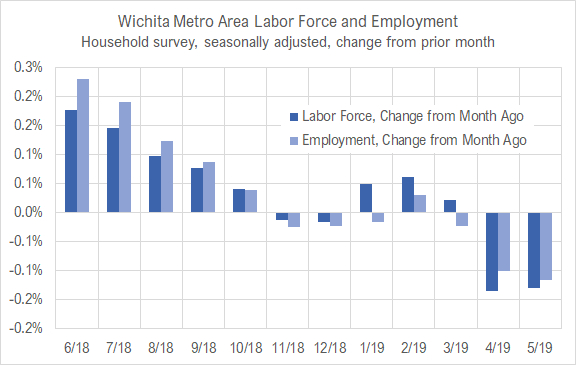
Wichita jobs and employment, May 2019
For the Wichita metropolitan area in May 2019, the labor force is up, the number of unemployed persons is up, the unemployment rate is unchanged, and the number of people working is up when compared to the same month one year ago. Seasonal data shows declines in labor force and jobs from April.
-
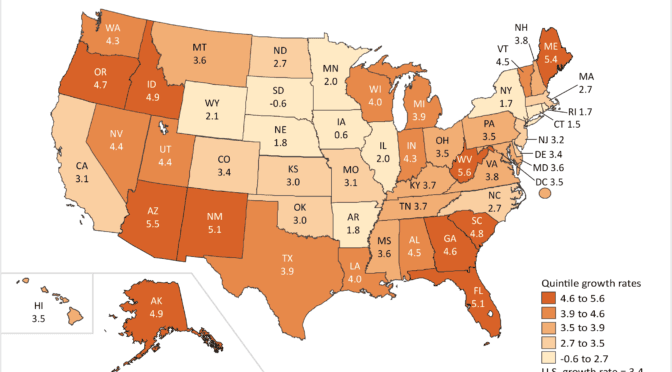
Kansas personal income
For the first quarter of 2019, the rate of personal income growth in Kansas was less than the national rate, although better than the Plains states.
-

Kansas jobs, May 2019
Employment in Kansas grew in May 2019, but continued a trend of slower growth than the nation. The labor force is smaller.
-
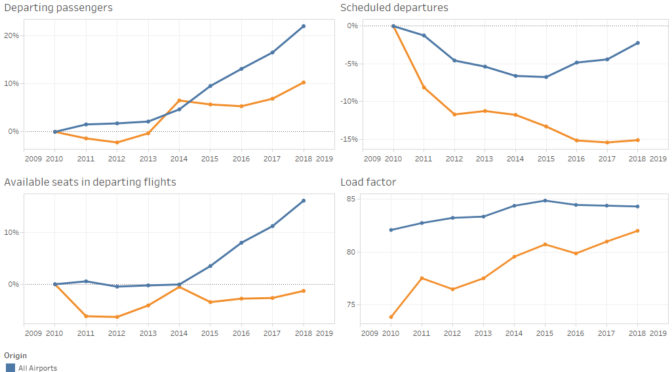
Airport traffic statistics, 2018
Airport traffic data presented in an interactive visualization, updated through 2018.
-

New metropolitan rankings regarding knowledge-based industries and entrepreneurship
New research provides insight into the Wichita metropolitan area economy and dynamism.
-
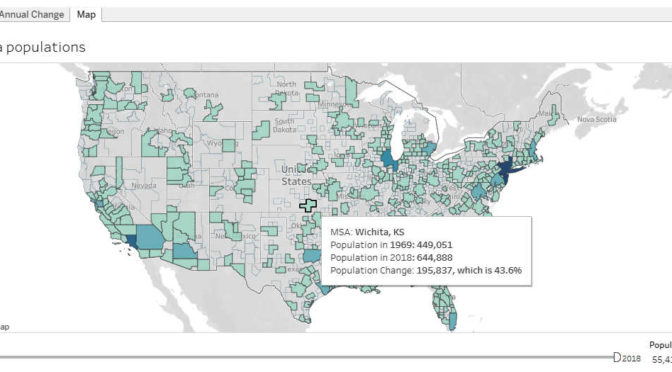
Updated: Metropolitan populations
A visualization of the population of metropolitan statistical areas, now with annual data from 1969 through 2018.
-

Wichita airport traffic
Traffic is rising at the Wichita airport. How does it compare to others?
-

Updated: Populations of the states
An interactive table and charts of populations in the states and regions, from 1929 through 2018.
-
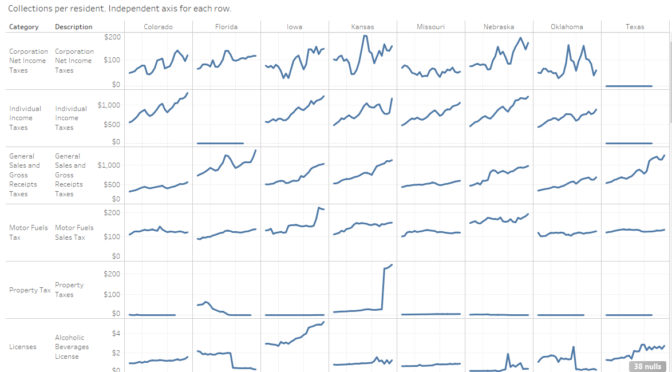
Updated: State government tax collections
Kansas personal income tax collections rose by $372 per person in 2018, an increase of 46.5 percent.
-

Real personal income
Click chart for a larger version, or click here for the chart’s page at FREDs Economic Data at the Federal Reserve Bank of St. Louis. Billions of Chained 2012 Dollars, Seasonally Adjusted Annual Rate, Percent Change from Year Ago, Seasonally Adjusted Annual Rate. Frequency: Monthly. U.S. Bureau of Economic Analysis, Real Personal Income [RPI], retrieved…
-

Wichita jobs and employment, April 2019
For the Wichita metropolitan area in April 2019, the labor force is up, the number of unemployed persons is down, the unemployment rate is down, and the number of people working is up when compared to the same month one year ago. Seasonal data shows small declines in labor force and jobs from March.
-
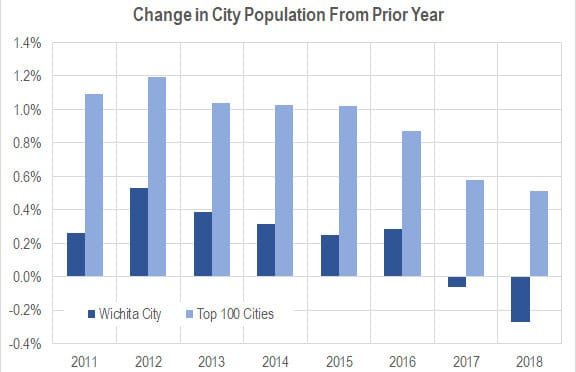
Wichita population, 2018
The City of Wichita lost 1,052 in population from 2017 to 2018, a decline of 0.27 percent.